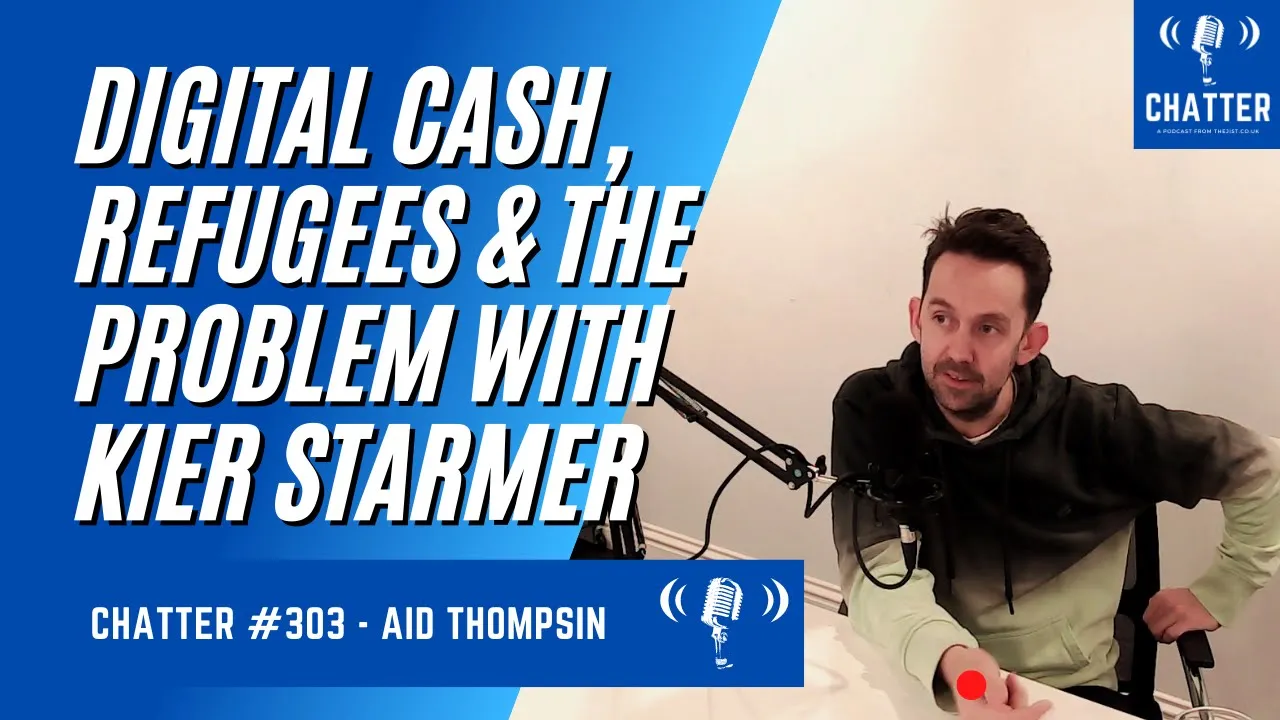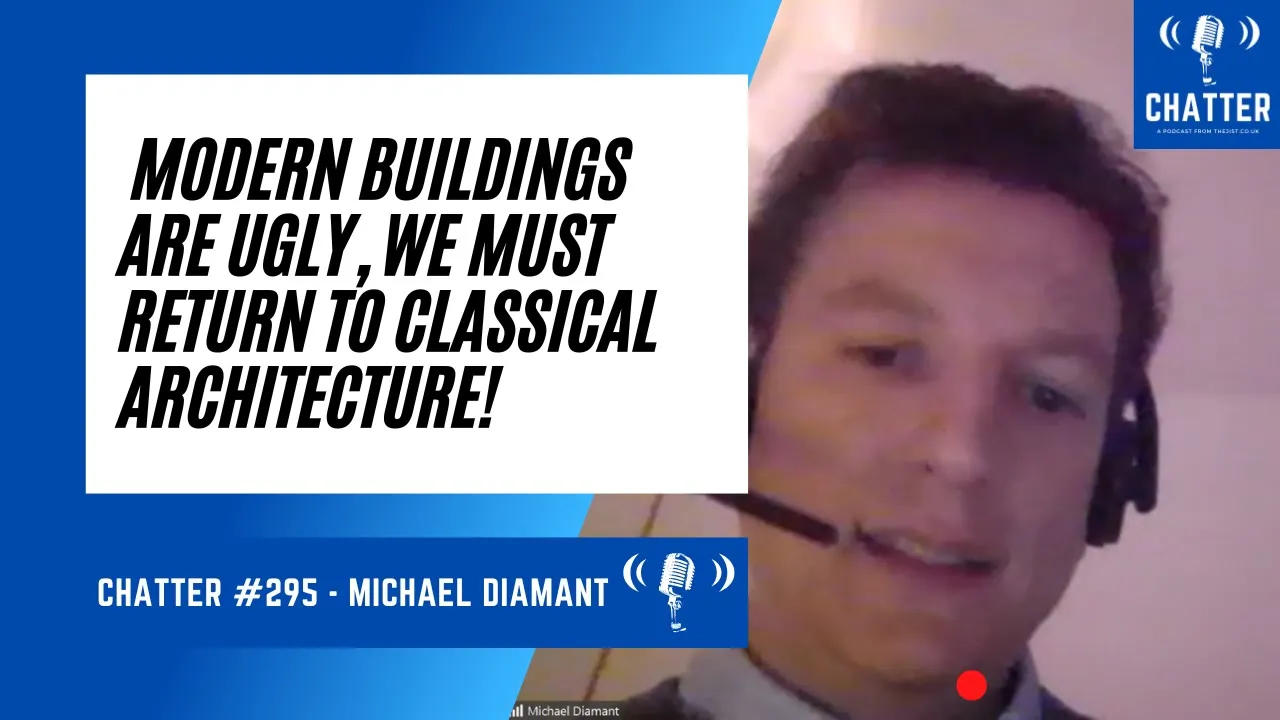What is Ethereum 2.0?
Ethereum 2.0 refers to a set of upgrades to the Ethereum blockchain that will make it more scalable, more secure and more sustainable. Currently the network is secured using a Proof-of-Work (PoW) consensus mechanism in which miners compete to solve complex mathematical equations using computational power to secure new blocks on the network. The Ethereum 2.0 upgrades will shift the blockchain to a Proof-of-Stake (PoS) consensus mechanism in which validators, similar to miners in PoW, stake ETH to secure the network. If a validator decides to act maliciously their staked ETH will be subject to slashing.
PoS systems comes with a number of benefits over PoW systems including:
- More energy efficient: Its no longer necessary to expend lots of energy to mine blocks.
- Lower barriers to entry: No need for expensive hardware that is used to mine in PoW systems.
- Increased decentralisation: Lower barriers to entry means its easier to run a node. More nodes will result in increased decentralisation of the network.
- Lowered risk of 51% attack: In order to carry out a 51% attack on a PoS network a user needs to hold 51% or more of the total market cap. At Ethereums current market price a user aiming to carry out a 51% attack on then network would require them to hold $113 billion worth of Ether.
How it will be done
The upgrades can be split into 3 main phases:
- The Beacon Chain
- Docking
- Sharding
The Beacon Chain
The Beacon Chain went live on 1st December 2020 and introduced PoS to the Ethereum blockchain. Currently this chain is separate from the Ethereum 1.0 mainnet but the future ‘Docking’ upgrade will merge these two together.
The release of the Beacon Chain allowed to users to begin staking their Ether in smart contracts that lock up the funds until the Beacon Chain merges with the original Ethereum chain. The stakers earn returns on their staked Ether in exchange for their service. There is currently 6,536,452 ETH staked with a rate of 6.1% APR and 198,237 validators.
Docking
The Ethereum mainnet is currently secured by PoW even though the Beacon Chain is running a PoS chain in parallel. Docking will merge these two chains together and this will mark the change of Ethereum to a fully PoS consensus blockchain.
This merge will be achieved by making the Ethereum 1.0 mainnet a shard and plugging it in to the Beacon Chain. The Ethereum 1.0 mainnet shard will be one of the 64 shards and will provide the history and current state of Ethereum to the Beacon Chain. After this happens the Beacon Chain will control and coordinate the shard chains. It will also be responsible for randomly assigning stakers to validate these shard chains.
Vitalik Buterin, Ethereums co-founder, was recently on the Lex Fridman Podcast and this part of the upgrade process was discussed. Lex asked Vitalik when he thought the merge would happen and he said that early 2022 is the most realistic, noting that there is an optimistic case for it happening some time this year.
Sharding
The original plan was to work on the shard chains before the merge to address the issue of scalability. However, with the boom of layer 2 scaling solutions, such as Polygon (MATIC), the priority switched to the merge instead. Sharding will be the final phase of the transition to Ethereum 2.0
Sharding involves splitting a database horizontally to spread the load. This phase will split the Ethereum blockchain up across 64 shards. The number of shards can be increased via a hardfork with a theoretical limit of 1024 shards.
Once this phase rolls out, network validators will only need to store and process data for the shard they’re validating rather than the entire network. This speeds up the network and reduces hardware requirements, effectively increasing the networks decentralisation by lowering the barriers to entry. Eventually you will be able to run an Ethereum client on a laptop or smartphone.
Shard chains should begin to be implemented some time in 2022 after the merge occurs.
If you want to learn more about Ethereum 2.0 in detail check out the Lex Fridman Podcast with Vitalik Buterin.
If you enjoyed this article, why not sign up for our brand new Crypto Newsletter, with a round-up of the last week’s crypto news, podcasts, and crucial information that you might have missed! Sign up here!




